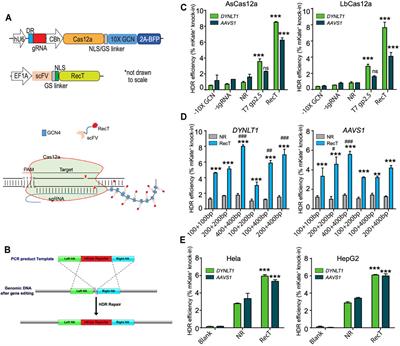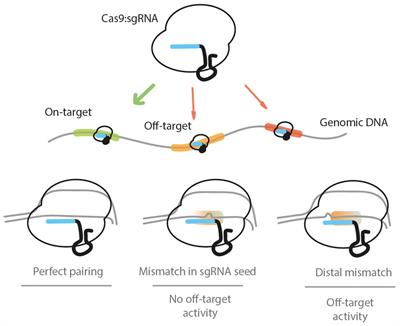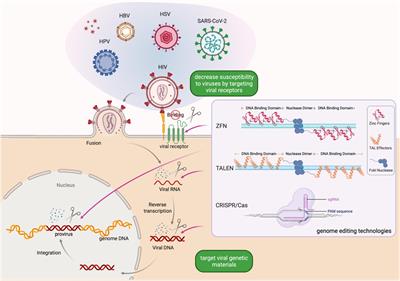BRIEF RESEARCH REPORT
Published on 14 Jun 2022
CRISPR-Cas12a System With Synergistic Phage Recombination Proteins for Multiplex Precision Editing in Human Cells

doi 10.3389/fcell.2021.719705
- 2,765 views
- 4 citations
16k
Total downloads
91k
Total views and downloads
BRIEF RESEARCH REPORT
Published on 14 Jun 2022

EDITORIAL
Published on 23 Dec 2021
REVIEW
Published on 15 Dec 2021

REVIEW
Published on 17 Sep 2021

REVIEW
Published on 15 Jul 2021

METHODS
Published on 11 Jun 2021

REVIEW
Published on 20 May 2021

